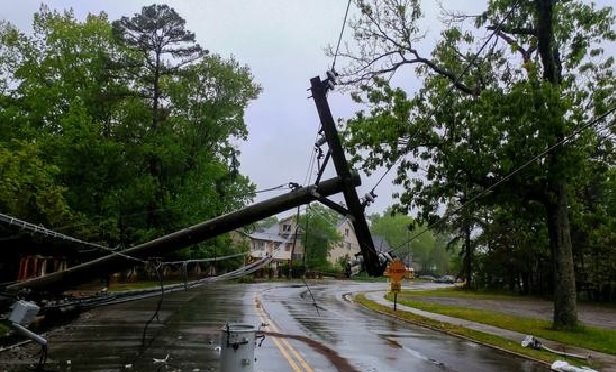 Claims handlers now more than ever will want to be vigilant about making sure that claims are investigated, measured and adjusted appropriately. (Photo: ungvar/stock.adobe.com)
Claims handlers now more than ever will want to be vigilant about making sure that claims are investigated, measured and adjusted appropriately. (Photo: ungvar/stock.adobe.com)
We read numerous articles this time of year about how homeowners and businesses can prepare for hurricane season. But what about their insurers? There are many things that insurance carrier claims teams can be doing to prepare for what is predicted to be a busy hurricane season.
Recommended For You
Want to continue reading?
Become a Free PropertyCasualty360 Digital Reader
Your access to unlimited PropertyCasualty360 content isn’t changing.
Once you are an ALM digital member, you’ll receive:
- Breaking insurance news and analysis, on-site and via our newsletters and custom alerts
- Weekly Insurance Speak podcast featuring exclusive interviews with industry leaders
- Educational webcasts, white papers, and ebooks from industry thought leaders
- Critical converage of the employee benefits and financial advisory markets on our other ALM sites, BenefitsPRO and ThinkAdvisor
Already have an account? Sign In Now

